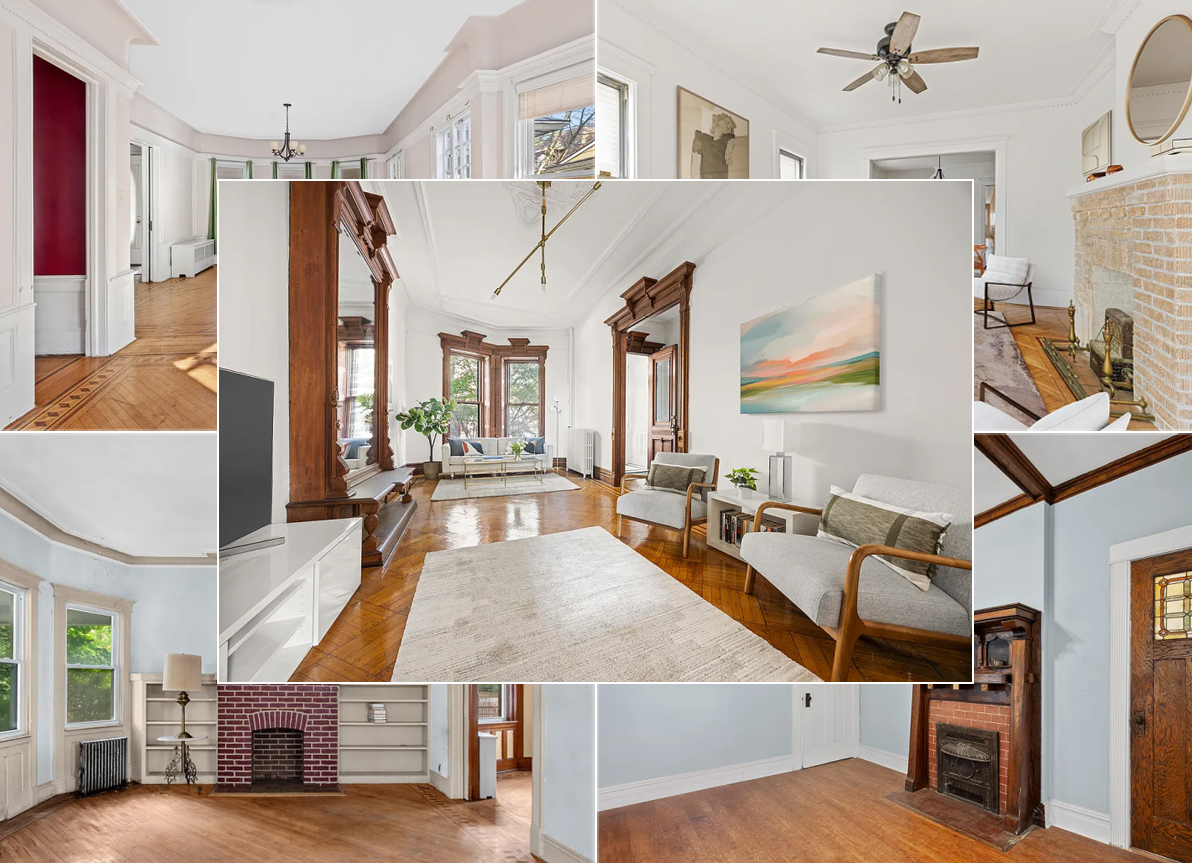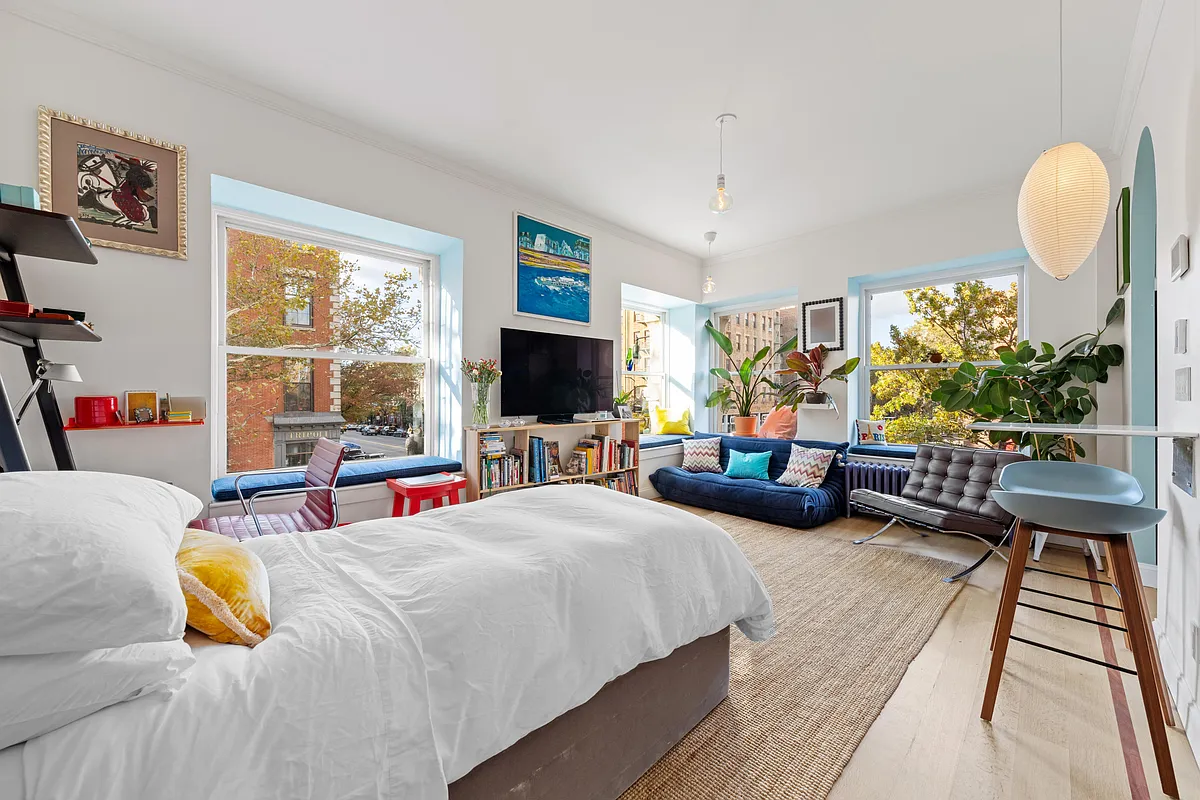Elliman Q4 Report: Prices Down, Sales Up
Although Brooklyn real estate prices continued to decline in the fourth quarter, the number of sales increased for the third quarter in a row while the average time on the market fell, according to the latest report prepared by Miller Samuel for Prudential Douglas Elliman. Overall, median sales price fell 8.7% to $447,174 from $490,000…


Although Brooklyn real estate prices continued to decline in the fourth quarter, the number of sales increased for the third quarter in a row while the average time on the market fell, according to the latest report prepared by Miller Samuel for Prudential Douglas Elliman. Overall, median sales price fell 8.7% to $447,174 from $490,000 in the prior year quarter and fell 6.1% from $476,000 in the prior quarter. Co-op prices ticked up slightly while condos and 1-3 family homes were down 8.8 percent and 10.1 percent, respectively. More notably, perhaps, the luxury end of the market (defined as the top 10 percent of sales) was off 23.7 percent. (Ouch!) South Brooklyn held up much better than Northwest and Brownstone Brooklyn.





ledbury — are prices higher or lower than you expected? can’t tell from your post.
Given the general tone of discussions and data points on this blog, I am genuinely surprised that the numbers came out this way. I have suspected this might be the case, but does this mean that conversations generally aren’t doing a good job of figuring out what peak (or even near peak) comps for properties are?
The Index of U.S. Leading Indicators increased 1.1% in December, more than anticipated. That measures the outlook for the next 3-6 months, guys.
Pull your heads out of the sand.
You forgot “jackass”, hannible.
***Help Haiti***
East Brooklyn isn’t half off yet, mopar, but it will be that or worse. Rents are falling which affects the 10x metric (moving target) and median income (incl. rentals) is nowhere near $500K/3 = $167K/yr!
I think people overpay there because it’s affordable to THEM but not the median household which lies the problem. Those with Bed Stuy’s median income make up most of what’s left of the buyer pool as the ‘hood is degentrifying. Those fewer and fewer who are coming in with higher incomes are not getting value from a pure financial perspective. They will soon find out. Nice blocks in Bed Stuy, yes, but prices still too high for market stabilization.
***Help Haiti***
Please folks you have to understand dibs. All he does is stay on the brownstoner site and talk up the real estate market so he can dump the overpriced real estate he bought. He usually starts out nice but then as posts go on, gets very frustrated and starts insulting big time. He will tell you that you can not write or that you are stupid. What he finally does is he tries to get everyone else to agree with him, but no one pays him any mind. Give it up Dibs! File for bankruptcy. Home prices have just started going down in Brooklyn and they are not stopping for anyone. Things should be getting really nice in BedSty
Agree with Mario M on the economy. We have got to create manufacturing like Germany, maybe through technological innovation and/or taxing of imports.
As to brownstones, how did East Brooklyn do? Prices there can’t fall any lower, unless rents fall first.
“it’s that loss to the republicans that is the shot heard round the world setting things BACK ON TRACK”
DIBS world. Mario’s got it right. ReGOVery stimuli fading away by summer and an increasingly unservicable debt load (public, private, government, all). This is a deflationary crash – an economic depression that will give the 1930’s a run for it’s money. Say what you want now but you will see.
It’s sad that so many are out there buying houses on FHA because they can’t otherwise at prevailing comps. Foreclosure “problem” compounded and subsidized by the Obama admin. Extrememly irresponsible.
***Help Haiti***
***
Miller noted that neighborhoods, in which new developments dominate, like Williamsburg and Greenpoint, will have a rougher road to recovery because they’re not able to as nimbly maneuver the changing market conditions. These neighborhoods tend to struggle because there are more units to offload in a crowded market and it’s often not easy to slash prices in large projects. As The Real Deal previously reported, new developments like Williamsburg’s 80 Metropolitan often cling to prices that seem unrealistic for market conditions because such cuts have to be cleared with lenders first.
While some market reports have suggested that Williamsburg and Greenpoint, considered North Brooklyn in Elliman’s report, is alive with activity, Miller is more skeptical.
“Anywhere there’s a high concentration of new developments,” will see slow market adaptability, Miller said, noting that about 75 to 85 percent of sales activity in Williamsburg and Greenpoint over the last two years has been new construction. “Sales activity in ‘North Brooklyn’ is half what it was a year and a half ago.”